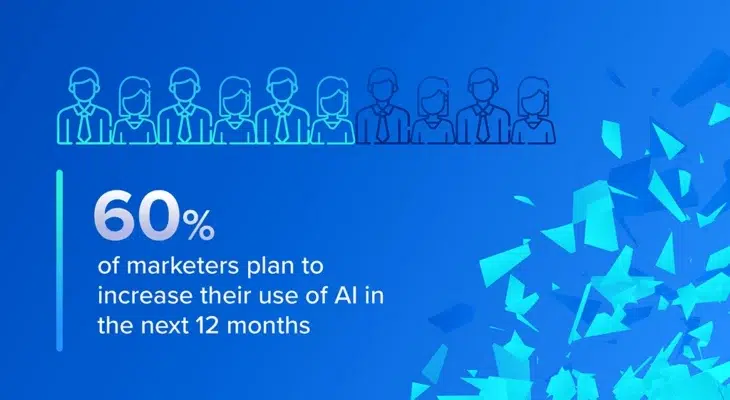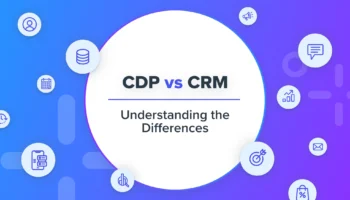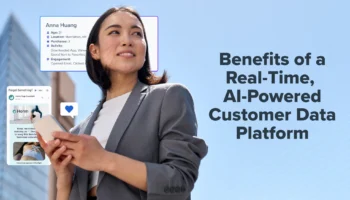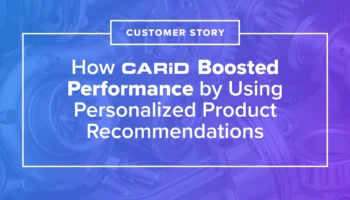Looking to make a fast splash in marketing performance? New campaigns, tag lines, and special offers are great techniques for enhancing performance, but these efforts need to be supported by a strong data foundation and the proper tools to ensure the work you put into bolstering your brand is successful.
With so many new martech platforms flooding the market and promising incredible ROI, it can be difficult to know which platforms will be a true partner and help you crush both your long-term and short-term goals. But, the best platforms will have something in common: ground-up, robust AI.



